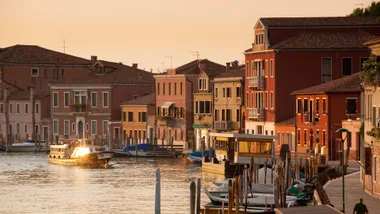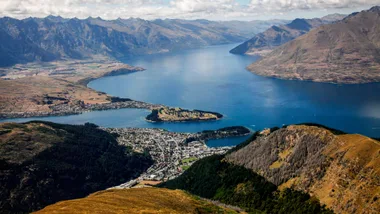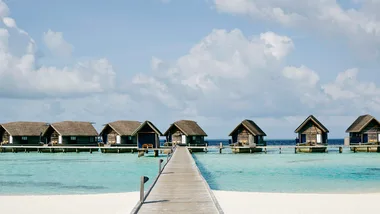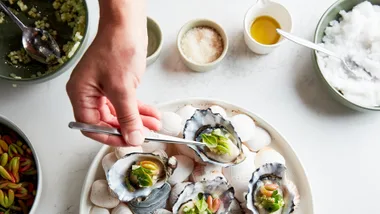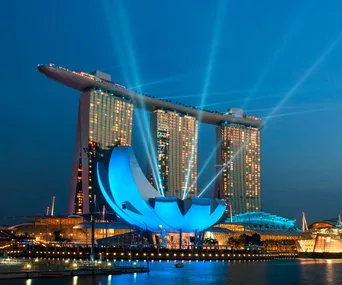It sounds like a riddle my grandfather might have posed: What takes three days and spans decades and continents? The answer, in this case, is a Solaire Journey aboard the Eastern & Oriental Express, which recently resumed service after a four-year hiatus. My grandfather is on my mind as I am transported back in time. He used to ride this train back when it was known as the Silver Star – a luxury sleeper service that ran between Auckland and Wellington in the 1970s. His is just one of thousands of lives and stories tied to this piece of living history, which is now bedecked in the opulence you would expect from the sister of the Venice Simplon-Orient-Express.

It begins the moment you board the platform at Woodlands Station in Singapore, stepping out of reality and into a jewel-toned world of decadent intimacy, where every considered detail promises to delight. From the elaborate floral carpets, which change colour between carriages, to the wood panelling and marquetry that line every wall, the craftsmanship of the fit-out will stop you in your tracks. Push on, and you will arrive at your cabin, a small but perfectly formed sanctuary that defies modern standards of luxury, which demand excessive space and seclusion, instead, cosseting you in a beguiling oasis of warmth and comfort.
As the train leaves the station, snaking alongside busy motorways and Malaysia’s urban sprawl, the vistas soon change to open fields and verdant palm plantations. Fat tropical rain lashes the windows as we make our way towards Taman Negara National Park, only adding to the hypnotic comfort of the experience. Afternoon tea provides our first introduction to chef André Chiang’s culinary direction for the journey – a spice-scented twist on a classic high tea. Think Manjari chocolate tarts with green pepper and strawberry, and orange confit with osmanthus. All served in the museum-worthy splendour of the Malaya dining car, complete with plush scarlet velvet chairs and silk brocade flourishes.
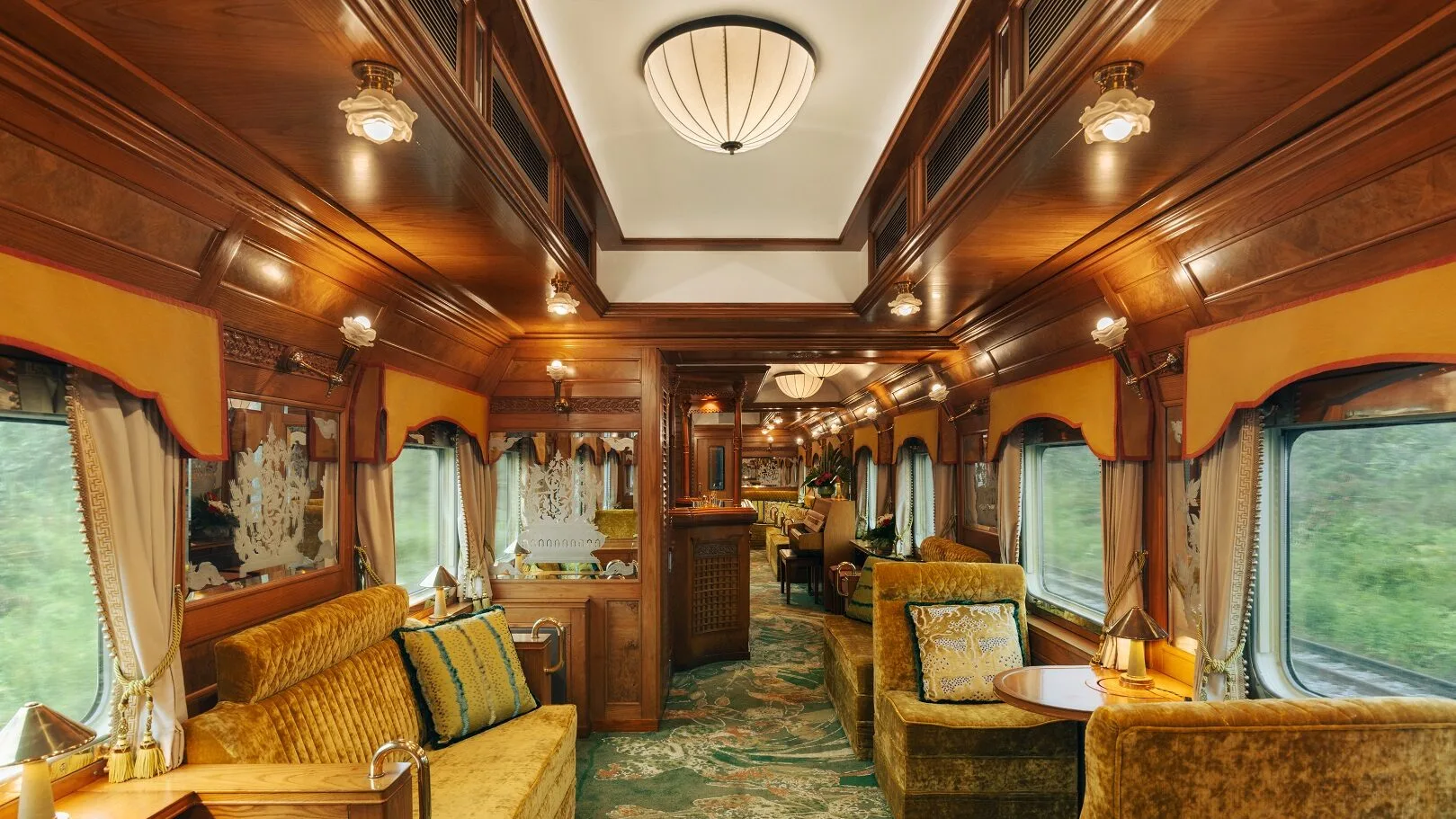
Old-school opulence
The most impressive space, however, is the Piano Bar, where mustard and chartreuse furnishings marry with live jazz and silver cocktail service to complete the time-travelling effect. It’s here, over aperitif, you will meet your fellow passengers and, in some cases, form lifelong friendships. Several of the guests on board met on a previous Belmond train journey and have kept in touch ever since.
Such conviviality and social grace can be a rare occurrence in the world of modern travel, where luxury and opulence often breed entitlement and, let’s be frank, obnoxiousness. But such is the magic of this locomotive, everyone is instead transformed into their most gracious, charming selves. The evening rolls into a dinner party, full of fascinating conversations and raucous storytelling.

The fun is amplified on this particular adventure, as it’s part of Veuve Clicquot’s Solaire Journeys program – a series of three Belmond train itineraries that follow the sun from east to west, with the final journey set to depart for Machu Picchu in October.
Alongside Chiang’s bespoke menus (a new, permanent feature of the Eastern & Oriental Express service), guests on board this route get to take part in an additional time travelling experience, as Veuve Clicquot’s cellar master Didier Mariotti opens the vault and shares some of the Maison’s most sought-after vintages. From the 2004 La Grande Dame Rosé to magnums of 1989 Cave Privée, the experience comes bathed in gold.
A new culinary direction for the Eastern & Oriental Express
For Chiang, setting the culinary direction for the Eastern & Oriental Express presented a new challenge for the superstar chef (Chiang currently holds five Michelin stars across three restaurants in Singapore, Taiwan and Macau). Before he could even begin thinking about flavours and menus, he had to understand the unique logistics of cooking on board a moving locomotive.
“The most significant challenge is the limited kitchen space on board,” Chiang explains. “The kitchen must be meticulously organised and planned to deliver a seamless culinary journey.”
That involves chefs switching between two separate kitchens between each course. As one course is plated and served, the second kitchen is heating up another set of pans ready for the chefs to jump in and start the next course. This kitchen shuffle can happen up to four times in a service, as the team delivers refined five-course dinners and four-course lunches throughout the three-day itinerary.
With each menu, chef Chiang also thinks carefully about where his diners will be in their travels. “The cuisine should interact with the landscape and history, enhancing the overall experience. When I created the train’s menu I had to forget my experience in restaurants and start from the actual journey: What do guests see when they eat my food? What excursions have they done before sitting at the table?”
Those excursions might take you into the jungle to explore bat-filled caves, learn about tiger conservation in the Taman Negara National Park, or walk high above the treetops to spy gibbons, snakes and hornbills (if you’re lucky). Other days you might venture into the bustling streets of Penang’s capital George Town, or take a traditional Malaysian cooking class.
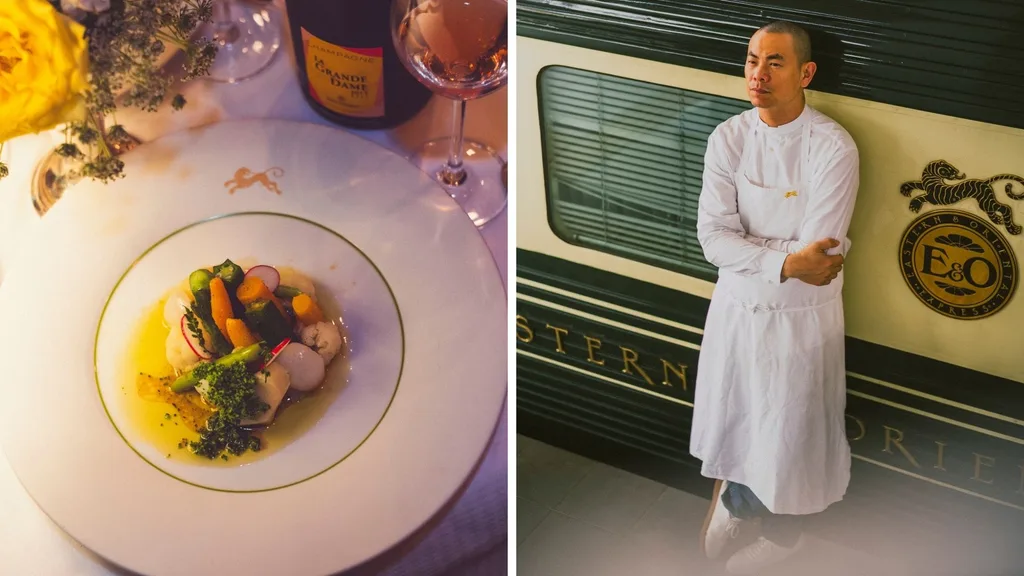
Ultimately, Chiang decided to use spice to centre his menus and take diners on a journey to complement the changing landscape around them. “It’s not a piece of beef or a piece of lobster that’s going to transport you from one place to another, it’s the spices. Once we recognise the combination of spice, we can be in India, or Europe, or Southeast Asia.”
Chiang’s nuanced use of spice is a masterclass in itself, delivering balanced layers of flavour and restrained heat. Never more so than with his makrut lime consommé with chilli, galangal and lemongrass. Other standout dishes include a Penang duck curry with muscat grapes and pineapple, and an umami-packed miso bisque with clams, tofu and wakame.
Chiang is part of the new era for the Eastern & Oriental Express, along with its new route (previously it ran between Kuala Lumpur and Bangkok), new staff, and new décor. Those who have experienced the train previously will find an all-new journey awaits – but rest assured, the train’s time-travelling magic remains the same.

Booking info
The next Veuve Clicquot Solaire Journey will take place over three days from Vienna to Reims aboard the Venice Simplon-Orient-Express in July. In October, guests can join Veuve Clicquot cellar master Didier Mariotti as they traverse Peru’s Sacred Valley, before ending their journey at Machu Picchu, travelling on the iconic Hiram Bingham and the Andean Explorer. Priced from $13,200 per person, based on twin share, inclusive of all meals and wine pairings.
The Wild Malaysia itinerary on the Eastern & Oriental Express starts from $5760 per passenger, based on twin share, inclusive of all excursions and meals.
Getting there
Qantas and Singapore Airlines operate daily direct flights between Singapore and Australia’s main centres. The Eastern & Oriental Express departs from Woodlands Station in Singapore and returns to the original departure point.


